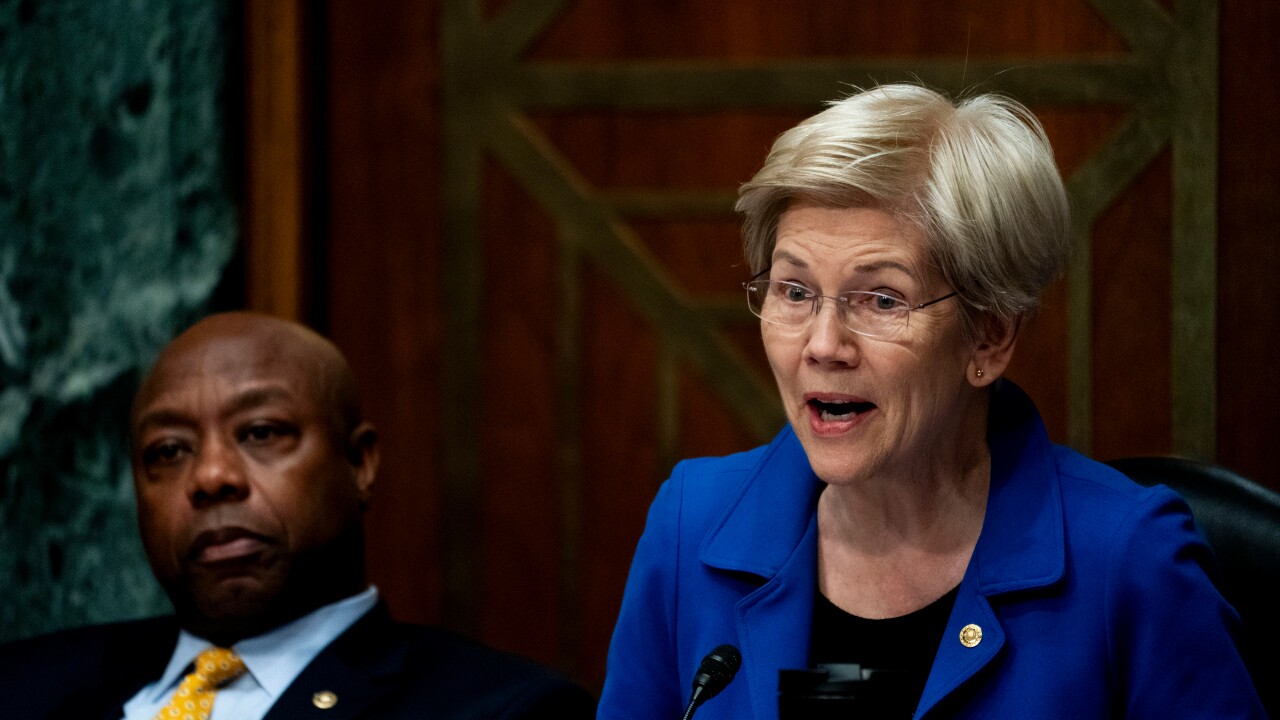Stearns Bank has made no secret of its intentions to bulk up through mergers or acquisitions, and lately it’s been fielding so many calls from would-be sellers that it has hired an M&A specialist to sort through them.
The St. Cloud, Minn., bank recently brought in veteran banker Al Doering to fill the newly created position of chief M&A officer. That wouldn’t be unusual at a larger bank, but at one as small as the $2.2 billion-asset Stearns “it’s rare,” said Robert Bolton, president of Iron Bay Capital.
“I’ve never heard of such a position at a bank under $10 billion in assets,” he said.

For Stearns, Doering’s hiring signals an aspiration to buy one or more banks and potentially double in size. Though Stearns’ net income declined in 2020 — as many banks’ bottom lines did amid the pandemic and lighter overall loan demand — it remained solidly profitable, well capitalized and itching for new growth.
Its financial strength has caught the attention of small banks struggling with regulatory burdens and mounting pressures to invest in technology many cannot afford. Nationwide, many small banks are facing similar challenges and looking for merger partners.
Stearns, which hadn’t made an acquisition since buying up a bunch of failed banks during the financial crisis, “was getting a lot of interest and looking at a lot of deals,” but the management team “just couldn’t possibly have enough time to look closely at all of them,” Doering said in an interview.
Now, he said, “we’re not waiting for someone to come to us. We are also out there looking, calling on people and gauging their interest levels.”
Doering rejoined Stearns after a serving as chief credit officer at a Minnesota credit union for several years. He was previously Stearns’ credit chief. But earlier in his career, he worked for First Bank in Minneapolis, a serial acquirer. During the 1990s, when the bank made several acquisitions, Doering worked on M&A due diligence. First Bank eventually bought U.S. Bancorp — now the nation’s fifth-largest bank by assets — in 1997 and assumed its name.
Earlier in his career, Doering also worked at the Federal Deposit Insurance Corp., where he was a part of a team that assessed and approved bank mergers.
Though small, Stearns is not just a local bank. It has three branches in Florida and one in Arizona, and has developed multiple niche businesses at the national level, including an equipment finance operation, a Small Business Administration lending arm, and a U.S. Department of Agriculture loan unit.
The bank was also among the early entrants in low-income housing lending and in financing Native American tribe-owned casinos and ethanol plants.
The company is eyeing banks with $250 million to $1.5 billion of assets, Doering said. It would also consider buying a financial technology firm, loan portfolios or new niche lending businesses to complement its existing national specialty lines.
As it grows, Stearns is also looking to diversify its loan book, which is concentrated in commercial and industrial loans.
Doering said Stearns is looking nationally, with an eye on areas of proven population growth.
“Geography will not limit us,” he said. “We are looking across the Lower 48.”
With an equity-to-assets ratio in excess of 20% and an executive
Stearns also wants to get larger to create efficiencies and free up more cash to invest in technology.
Consumers and businesses are increasingly doing their business online, and small banks that can’t make the necessary investments need to either get bigger to compete or sell to avoid getting pushed aside by megabanks or fintechs, Doering said.
Regulatory costs imposed after the last financial crisis are also weighing on small banks. Half of the 400 community banks surveyed by the Conference of State Bank Supervisors in 2020 said the high cost of doing business was an important factor for seriously considering an acquisition offer. Three-fourths said an inability to achieve economies of scale could also force them to sell.
“We think there will be a serious ramp-up in M&A this year,” said Damon DelMonte, a Keefe, Bruyette & Woods analyst.
Only 112 bank mergers were announced in 2020. That marked a 60% decline from a year earlier and the lowest annual total in nearly a decade, according to KBW data, as
But with vaccines rolling out and
Eighteen bank deals were announced in the first two months of 2021, according to KBW. “By the second half of the year, we’ll see a lot of momentum,” DelMonte said.
Doering sees the same trend ahead and says Stearns is eager to capitalize. The significance of scale is a line trumpeted in banking throughout recent memory because “it is true, and it’s more true today than probably ever before,” Doering said.





